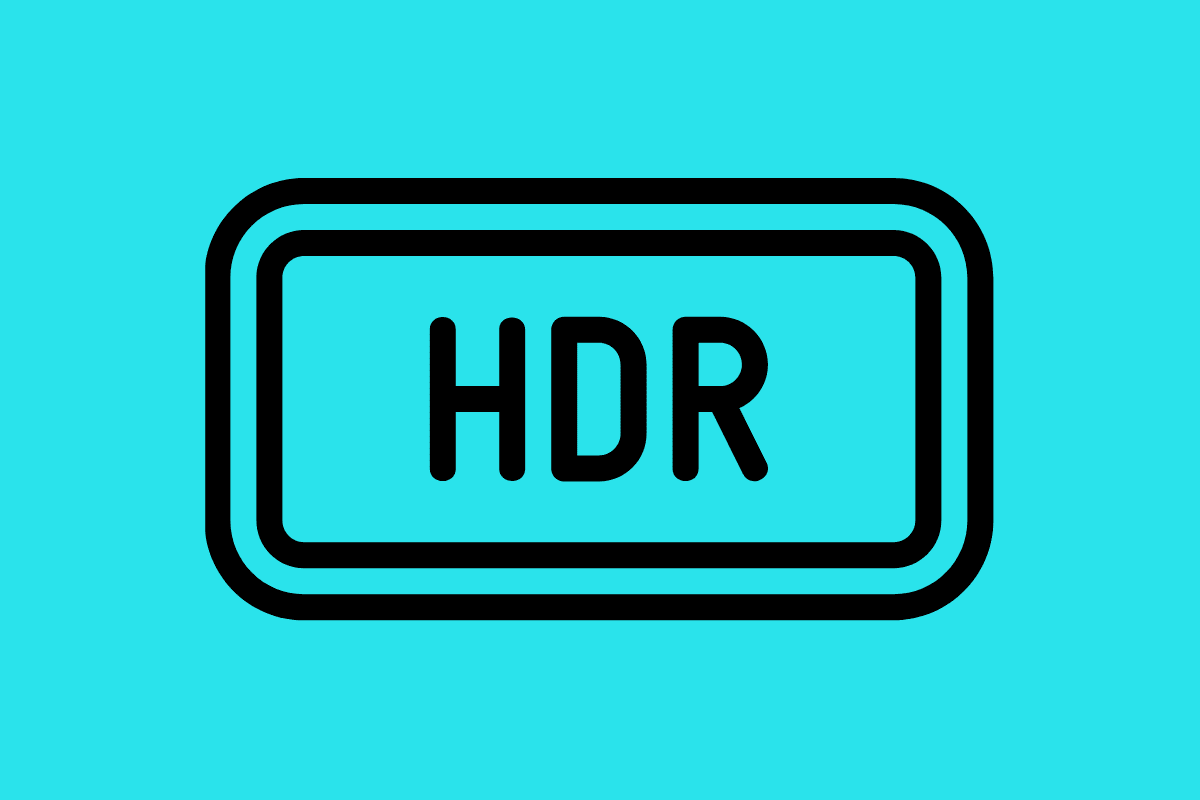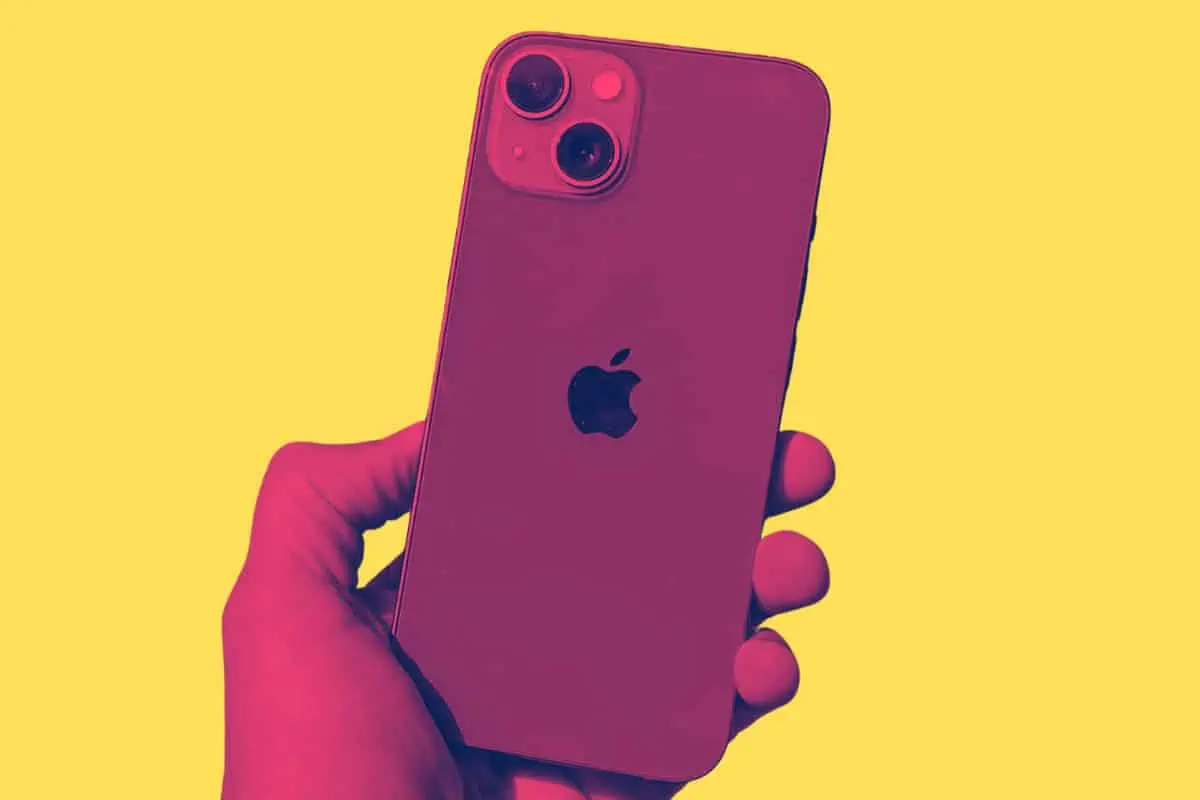Here’s everything you need to know about Smart HDR 4 on iPhone, including what it is, what it does, and how to use it properly…
Smart HDR 4 is a feature introduced by Apple in its iPhone 13 series, designed to enhance the quality of photos taken with the device.
This feature represents the fourth iteration of Apple’s High Dynamic Range (HDR) technology, which aims to improve the detail and color accuracy in photos, particularly in challenging lighting conditions.
Understanding HDR

To understand Smart HDR 4, it’s helpful to first understand the concept of High Dynamic Range (HDR). In photography, dynamic range refers to the difference between the lightest and darkest parts of an image.
Cameras often struggle to capture scenes with a high dynamic range, such as a bright sky against a dark landscape, because they can’t handle the full range of light in the scene.
HDR technology addresses this issue by taking multiple photos at different exposures and then combining them into a single image. This process allows the camera to capture detail in both the light and dark areas of the scene, resulting in a more balanced and realistic image.
What is Smart HDR 4?
Smart HDR 4 is Apple’s latest advancement in HDR technology. It uses machine learning to analyze the content of a scene and apply the appropriate adjustments to different parts of the photo.
For example, it can brighten up a person’s face while keeping the background properly exposed.
One of the key features of Smart HDR 4 is its ability to process recognized faces in photos separately. This means it can apply different adjustments to people and the rest of the scene, ensuring that faces are always well-lit and detailed, even in challenging lighting conditions.
How Does Smart HDR 4 Work?
When you take a photo with an iPhone 13 device, the camera captures several frames at different exposures. The A15 Bionic chip, which powers the iPhone 13 series, then uses machine learning to analyze these frames and identify different elements in the scene, such as people, sky, and objects.
Once the elements are identified, the chip applies different adjustments to each one. For example, it might brighten up a person’s face, enhance the color of the sky, and bring out the detail in a building.
These adjustments are made on a frame-by-frame basis, ensuring that every part of the photo looks its best.
After the adjustments are made, the frames are combined into a single image. This final image retains detail in both the light and dark areas, has accurate and vibrant colors, and looks balanced and natural.
Typically, iPhones save photos in the HEIC format—a high-efficiency format that maintains image quality while keeping file sizes manageable. This is especially crucial for Smart HDR 4, given its multi-frame processing and detail enhancements.
While users still have the option to export or convert these HEIC files to the more universally recognized JPEG, the default HEIC format ensures that the rich details captured by Smart HDR 4 are preserved without consuming excessive storage.
HDR on iPhone: A Brief History

- HDR (High Dynamic Range)
- Introduction: Apple introduced the HDR feature with the iPhone 4 in 2010.
- Functionality: This early HDR function worked by rapidly taking three photos with different exposures: one normal, one underexposed, and one overexposed. These three photos were then combined to produce a single image with enhanced dynamic range.
- Significance: The introduction of HDR was a leap forward in tackling the challenges of high-contrast scenes, ensuring that both bright and dark areas were adequately captured.
- Smart HDR:
- Introduction: With the iPhone XS and XR in 2018, Apple announced Smart HDR.
- Functionality: Building upon the standard HDR, Smart HDR used advanced algorithms to finetune photos. It processed more data from the image sensor and made use of the powerful A12 Bionic chip for better highlight and shadow details.
- Significance: This resulted in photos with more refined details, especially in challenging lighting conditions, reducing motion blur, and enhancing highlight details.
- Smart HDR 2:
- Introduction: While the exact naming wasn’t prominently marketed, subsequent iterations of the iPhone improved upon the Smart HDR foundation.
- Functionality: Smart HDR 2 brought about more sophisticated computational photography techniques, adjusting photos for clarity and color accuracy.
- Significance: It particularly shone in handling skin tones, ensuring that they remained natural and consistent across varying lighting conditions.
- Smart HDR 3:
- Introduction: Debuted with the iPhone 12 lineup in 2020.
- Functionality: Smart HDR 3 incorporated scene recognition, using machine learning to recognize different parts of an image and adjust them accordingly.
- Significance: This improved on subjects like skies, making them look even more dramatic and ensuring that subjects were color-accurate and well-detailed.
How Apple HDR 4 Stacks Up Against Competition
It’s no secret that Apple’s Smart HDR 4 has made waves in the mobile photography sphere. But HDR is now used by nearly all phone brands, including Google, OnePlus, Samsung and Huawei. So, how does Apple’s HDR 4 measure up when pitted against the competition?
Let’s break it down.
Google’s HDR+ (Pixel Series):
- Tech Rundown: Google’s HDR+ is a household name by now. Leveraging computational photography and machine learning, it takes a burst of shots and merges them for optimal clarity.
- The Verdict: While HDR+ delivers crisp details and impressive low-light performance, Smart HDR 4 seems to edge it out in dynamic scene recognition and facial detail enhancement.
Samsung’s Adaptive HDR (Galaxy Series):
- Tech Rundown: Adaptive HDR analyzes the scene and chooses between multiple frames, selecting the best for highlights and shadows.
- The Verdict: Samsung’s tech is a powerhouse, especially in bright conditions. However, Smart HDR 4’s machine learning prowess offers a more balanced shot across varied settings.
Huawei’s AI HDR+ (P Series and Mate Series):
- Tech Rundown: Huawei mixes artificial intelligence into its HDR tech. It’s not just about lighting; it’s about recognizing the scene and adjusting parameters accordingly.
- The Verdict: In terms of AI integration, Huawei is on par. Where Smart HDR 4 gets a slight upper hand is in processing speed and consistency across shots.
OnePlus’s Optimized HDR (OnePlus Series):
- Tech Rundown: OnePlus’s approach is all about enhancing contrast and detail while retaining naturalness.
- The Verdict: While OnePlus delivers in everyday scenarios, challenging lighting conditions see Smart HDR 4 pull ahead with its nuanced adjustments.
The Limitations of Smart HDR 4

Apple’s Smart HDR 4 is used every day by tens of millions of iPhone users, most of whom have no idea that anything is happening. But for some purists, things like HDR 4 can its drawbacks. Let’s delve into some scenarios where Smart HDR 4 might not hit the mark.
- Fast-Moving Subjects: In situations with rapid motion, such as sports events or bustling street scenes, Smart HDR 4 may sometimes struggle. Since it takes multiple frames at different exposures, there’s potential for minor misalignments or motion blur.
- Extremely Low Light: While Smart HDR 4 is designed to handle challenging lighting conditions, it isn’t a dedicated night mode. In very dim settings, the technology might not capture details as effectively as specialized low-light modes on some other flagship phones.
- Artistic Intent: Photographers looking for a more dramatic contrast, with pronounced shadows or highlights, might find Smart HDR 4’s balanced approach a tad limiting. The tech prioritizes a balanced exposure, which could sometimes override a desired aesthetic.
- Memory and Processing Load: Harnessing machine learning and processing multiple frames requires computational power. On rare occasions, especially when numerous apps are running in the background, there could be a slight delay in capturing and processing the image.
- Over-Processing Concerns: Some purists argue that too much computational intervention can make photos look somewhat artificial. In certain scenarios, Smart HDR 4 might make adjustments that, while technically impressive, stray from a scene’s natural appearance.
Quick Tips For Optimizing Smart HDR 4 For Better Pictures
Smart HDR 4, while impressive right out of the box, offers even greater possibilities when used optimally. If you’re an iPhone 13 user keen on extracting the very best from this feature, consider these strategies:
- Steady Your Shots: While Smart HDR 4 is excellent at capturing detail, ensuring your phone is steady – either with a grip or a tripod – can make a significant difference, especially in high dynamic range scenarios.
- Mind the Background: For portraits, try positioning subjects against a well-lit background. This way, the tech can effectively balance both the subject and background details.
- Utilize Native Editing Tools: After capturing, dive into the Photos app to make slight tweaks. Adjusting parameters like exposure, brightness, and contrast can further refine the results Smart HDR 4 delivers.
- Turn Off Smart HDR When Needed: For scenes where you want a more dramatic contrast or if you’re going for a specific aesthetic, consider turning off Smart HDR from the camera settings. Sometimes, the classic approach is best.
- Avoid Rapid Movements: In action-packed scenes, try capturing from a distance to reduce the impact of motion on Smart HDR’s multi-frame processing.
- Leverage Third-Party Apps: Many photo apps integrate with Smart HDR 4 and offer additional controls. Experiment with apps like Halide or ProCamera to see if they provide you with the granular control you’re after.
- Storage Check: Ensure you have ample storage space. Smart HDR 4 processes multiple frames, so having sufficient space can aid in seamless functioning.
Wrapping Up…
Smart HDR 4 is a powerful feature that can significantly enhance the quality of photos taken with the iPhone 13 series. By intelligently adjusting different parts of a photo, it ensures that every shot you take looks balanced, detailed, and true-to-life, regardless of the lighting conditions.
Whether you’re a professional photographer or just enjoy taking photos with your phone, Smart HDR 4 can help you capture stunning images with ease.
And if you’re serious about upping your iPhone photography skills, check out the exclusive offer below – it is a game-changer that’ll 10X your skills in a matter of hours. Or, if you need more information on the course, here’s my review of the iPhone Photo Academy Course.


